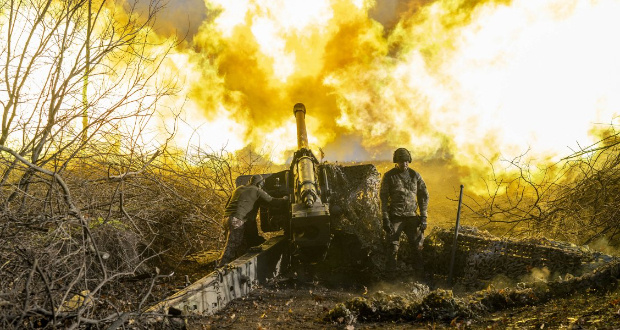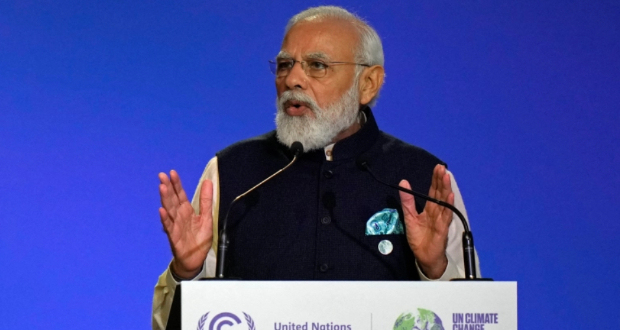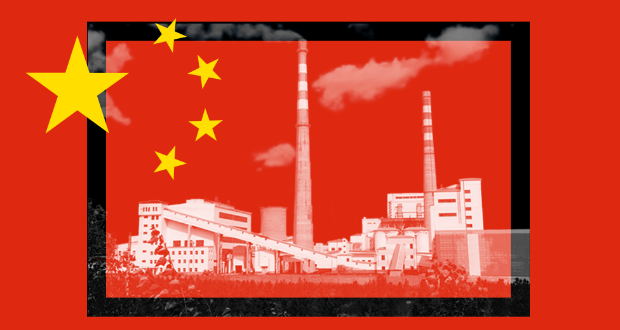The legislation gives the president nearly everything he wanted, which is surprising given the drama in the Republican House caucus. The new legislation brings the total U.S. commitment to $175 billion since the beginning of the invasion. It will produce an immediate surge in deliveries of military equipment, which had fallen to about 10 percent of what they had been last year. Because of the delay, another funding package will not be needed until January. That pushes it past the presidential campaign. Despite all this good news, a cloud hangs on the horizon: How does Ukraine plan on winning this war?
Q1: What is included in the package?
A1: The $61 billion of the Ukraine Security Supplemental Appropriations Act of 2024 falls into six categories.
Military equipment for Ukraine ($25.7 billion) comprises the largest part of the funding and does three things. First, it replaces equipment that has been or will be sent to Ukraine through presidential drawdown authority (PDA) ($13.4 billion). This authority allows the president to take weapons and munitions from U.S. stockpiles and send them to Ukraine. Although there is no statutory requirement to replace the equipment, Congress has provided funding to do so. If it had not, the resulting shortfalls would have badly hurt U.S. readiness.
Second, it provides Ukraine with funding through the State Department’s Foreign Military Financing (FMF) program ($1.6 billion). This program provides grants and loans for allies and partners such as Ukraine to purchase weapons and munitions in the United States.
The third and final element is enhancing the defense industrial base to increase production capabilities and develop more advanced weapons and munitions ($7.0 billion). For example, the bill includes funding to help the U.S. Army meet its monthly production goal of 100,000 155-millimeter (mm) shells by 2025. The United States currently produces around 40,000 shells per month, whereas Ukraine needs at least 100,000 shells per month and up to 180,000 for offensive operations.
A curious element is that the legislation requests $13.4 billion to replenish stockpiles but only $7.8 billion of new drawdown authority. This discrepancy implies a preexisting deficit, likely stemming from accounting changes made last summer. The accounting changes priced equipment at the depreciated value rather than the replacement value. This meant that the Department of Defense (DOD) could send more equipment within an existing authorization level but would need more funding to replace it since the replacements would be purchased at the cost of new equipment.
Ukraine-related military activities ($17 billion) funds the Ukraine Security Assistance Initiative (USAI) ($13.8 billion) and U.S. intelligence operations ($3.3 billion). USAI provides funds for three things: training that Ukraine might need for new weapons, individuals, or units; the United States buying arms on the global market, which it has done extensively in the past to acquire Soviet-standard equipment that Ukrainian forces are accustomed to using; and Ukraine purchasing weapons and equipment directly from U.S. manufacturers.
Economic support to Ukraine ($7.9 billion) assists the Ukrainian government in sustaining essential government services, including law enforcement. This support is structured as a loan, not a grant (section 508), in response to pressure from Republicans and former president Trump. There are detailed procedures by which the president can forgive the loans, giving the president a lot of authority. Essentially, the president can forgive the loans unless Congress takes specific action to disagree. Describing the procedures for these grants takes up three of the fourteen pages in the bill.
U.S. forces ($7.3 billion) pays for the heightened U.S. force presence in Europe. The United States initially surged 20,000 troops to Europe to reassure European allies. While the surge presence declined to around 10,000, the regular fiscal year 2024 budget does not fully cover the costs of these deployed forces. Funds mostly go to the U.S. Army, which received $4.9 billion for its operations and maintenance.




